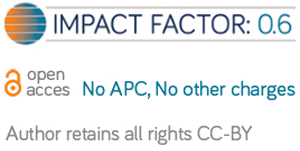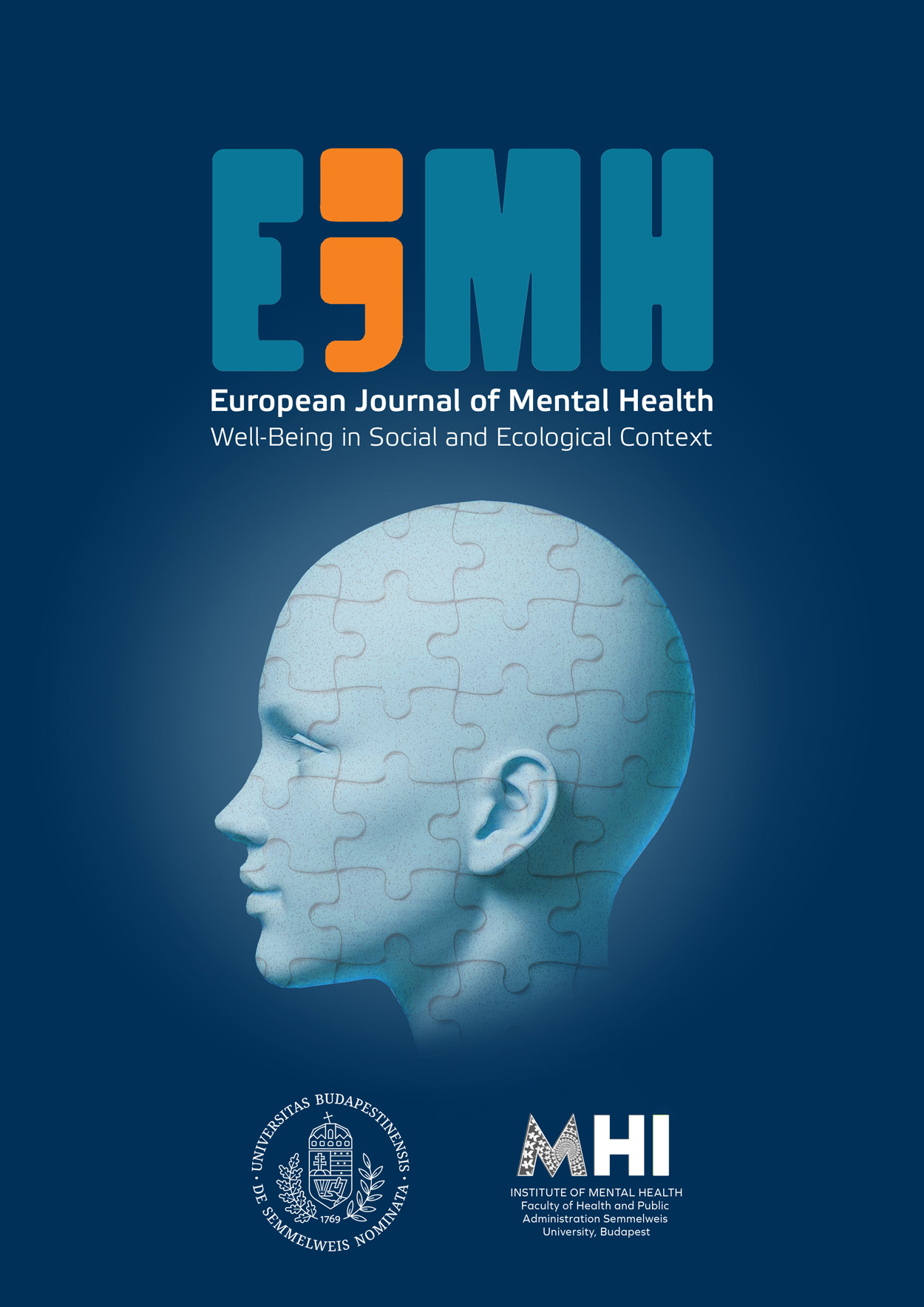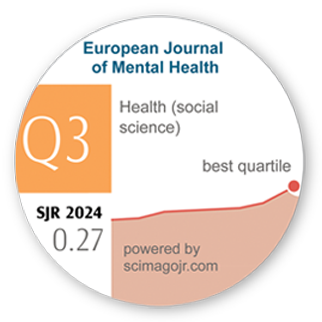Perceived Physical and Psychological Health in Middle Adulthood: Links to Marital Satisfaction and Age of Marriage, and SES
DOI:
https://doi.org/10.5708/EJMH.16.2021.2.2Keywords:
perceived physical health, perceived psychological health, marital satisfaction, age of marriage, middle adulthoodAbstract
Background: The life course health development approach, as a new theoretical model relating to health, dwells on psychosocial factors as well as biological factors, and it proposes that the effects of developmental timing unfolding over one’s lifespan should be considered. Based on this theoretical model, as well as empirical studies relating to marriage and health, one of the psychosocial factors that may contribute to the health of middle-aged individuals is the marital relationship.
Aims: The aim of this study – conducted with individuals in middle adulthood – is to investigate the relationships between marital satisfaction, age at the time of marriage, SES (socioeconomic status) and psychological and physical health.
Method: Data was collected from middle-aged individuals between 40–69 years in Turkey (160 women and 142 men). The World Health Organization Quality of Life Measurement Tool, Brief Symptom Inventory, Marriage Life Scale, and a Demographic Information Form were used to assess the participants’ perceived physical and psychological health, their marital satisfaction, their age of marriage, and SES.
Results: A path analysis indicated that the age of marriage was positively related, and perceived psychological health problems were negatively related to perceived physical health. Both marital satisfaction and SES were negatively related to perceived psychological health problems. Upon examination of the mediator role of psychological health problems and SES, it was observed that both marital satisfaction and SES were related to perceived physical health through perceived psychological health problems. Also, the age of marriage was related to perceived psychological health problems via SES.
Conclusion: The findings showed that marriage is an important component in the evaluation of perceived health in middle age; individuals are healthier when they get married at a more mature age and have a positive marital relationship.






